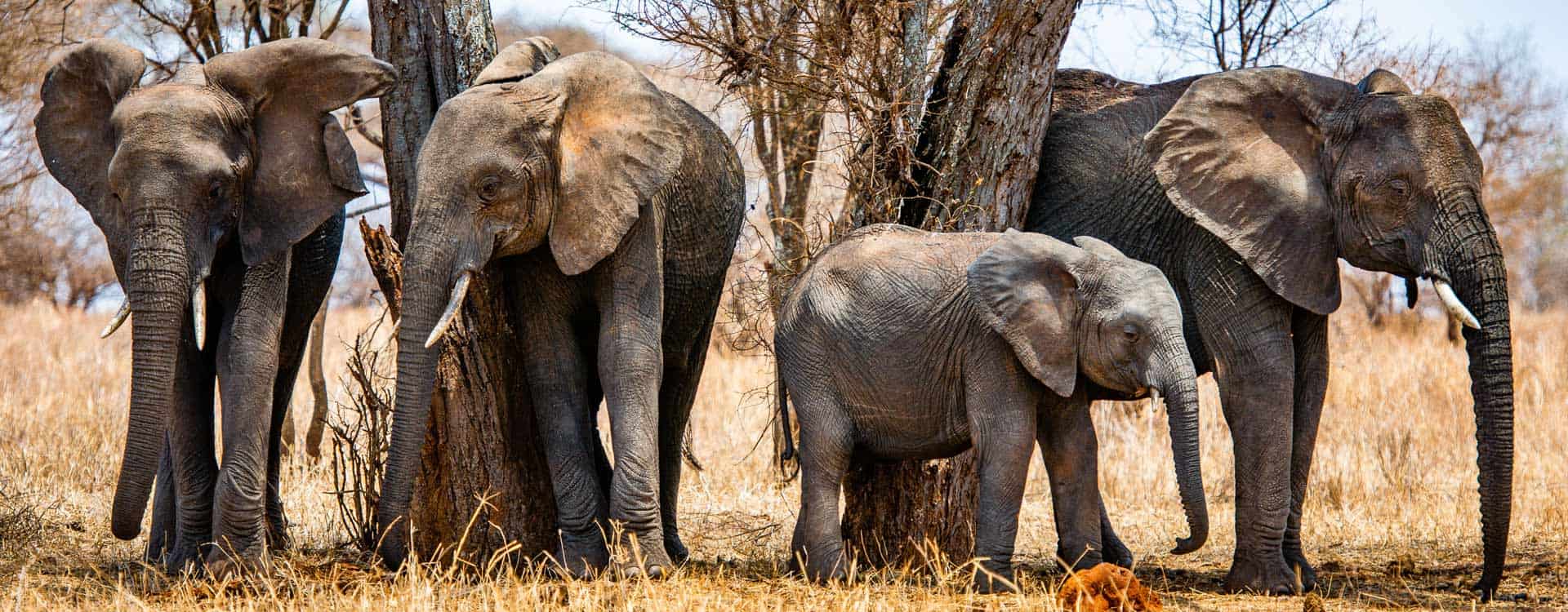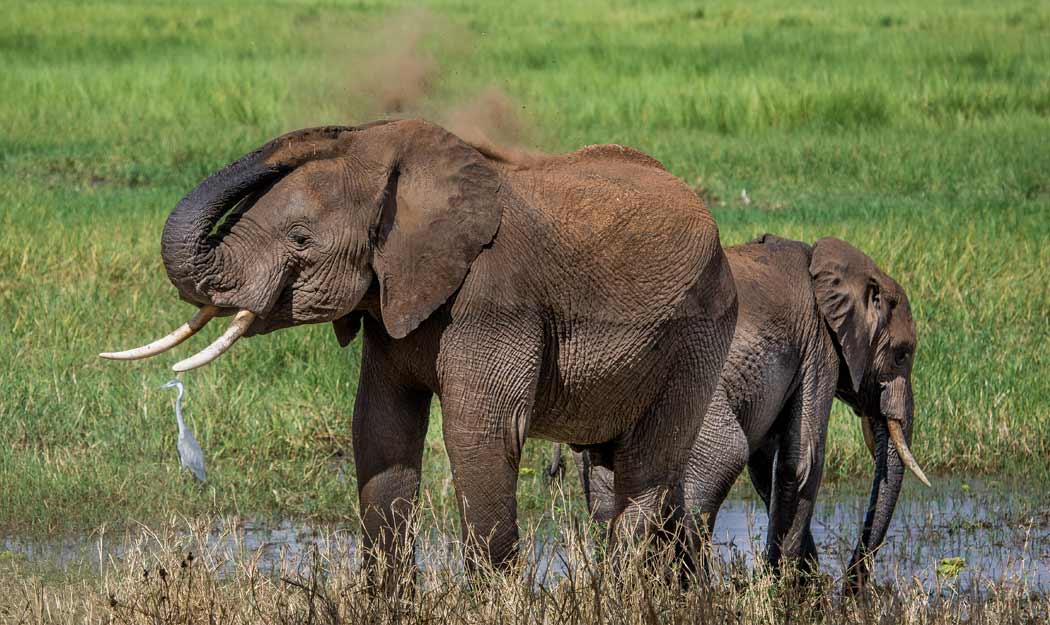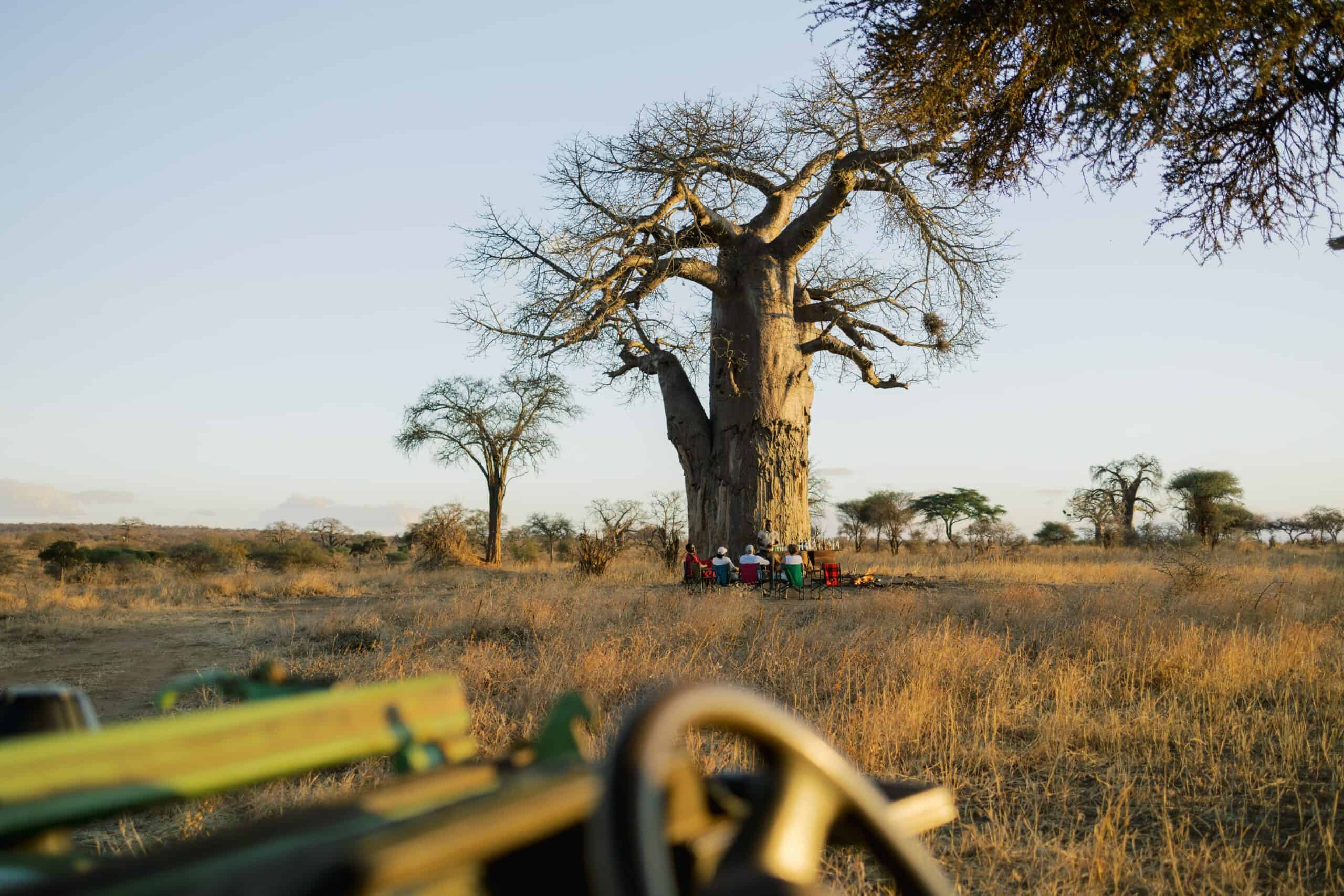
THE MYTHS SURROUNDING THE ELEPHANT TRUNK
The elephant’s trunk is really a fascinating piece of anatomy. Just like your nose, it is used to smell and breathe, but ultimately it has evolved into an organ that can be manipulated so that it can push down trees, pick fruit off the ground and also suck up water. Elephants use it for communication, reassuring each other, as well as pushing each other. It is also a good indicator of an elephant’s mood. If an elephant is relaxed so is the trunk, if an elephant is agitated it shrinks.
Do a google search and you’ll find some amazing numbers for how many muscles are in an elephant’s trunk- some sites say as much as 150,000. A lot of these sites also then compare it to the human body which has over 650 muscles- but they are not comparing the same thing. One of the problems we encounter here is the definition of what a muscle is. A muscle is an organ made up of muscle fascicles which are made up of bundles of muscle fibres. (Insert image) This is where we go wrong with the comparison of the number of human muscles and the number of muscles in an elephant’s trunk.





When we compare features on animals, we find a lot of variations on a basic plan. For example, if we look at the number of bones in an arm and hand, we’re going to find some variation, but a lot of similarities. Every arm has a strong bone that connects at the shoulder- whether it is a chimpanzee arm, a lion’s front leg, or a bird or bat’s wing. These are called homologous features. So if we look at the elephant’s trunk, what are the homologous features? Evolution works on variation- it is much easier to adapt or lose something that exists than to create something new.
An elephant’s trunk is a modified nose and upper lip, so it would be natural for the muscles in the trunk to be modified muscles that we would find in other mammals. If you look at the human face, there are about 8 pairs of muscles that control the movement of our nose and our upper lip which in primates are adapted to making facial expressions for non-verbal communication. In the tapir, an animal with a short “trunk”, the number of muscles is the same as in a human. According to researchers J. Shoshani and G. Merchant, who seem to have done the most extensive analysis of the elephant’s trunk, an elephant has 8 pairs of muscles (8 x 2= 16) that control the trunk.






